Interested In Mekong Culture? Visit These 8 Cultural Attractions Of The Mekong Delta
The Mekong Delta is recognized as one of the most culturally diverse regions in Vietnam as it comprises four main ethnic groups spreading across the whole region. Besides the Kinh Vietnamese majority, the three other ethnic minority groups are the Khmer, Chinese and Cham. Thanks to the cultural diversity which the Mekong Delta enjoys, it bristles with various attractions of different ethnic groups that hold invaluable cultural significance to both the life of the local and the large-scale cultural preservation of the nation. To help you get the most out of your travel itinerary, we have handpicked eight most magnificent cultural destinations that are worth a visit. Check them out to soak up the Mekong Delta’s cultural diversity!
Temple of the Lady of the Realm, An Giang
When it comes to Vietnamese culture, a common misconception is that women face discrimination. However, in the pre-Chinese domination era, women were central figures in the family structure. Over time, their significance grew to the extent that they were revered in a folk religion called “Đạo Mẫu,” which honors Goddesses. The Temple of the Lady of the Realm is dedicated to a goddess believed to reside in a black stone found on Sam Mountain. If you enjoy festivals, plan your visit during the annual celebration, which takes place from April 23rd to April 27th in the lunar calendar.
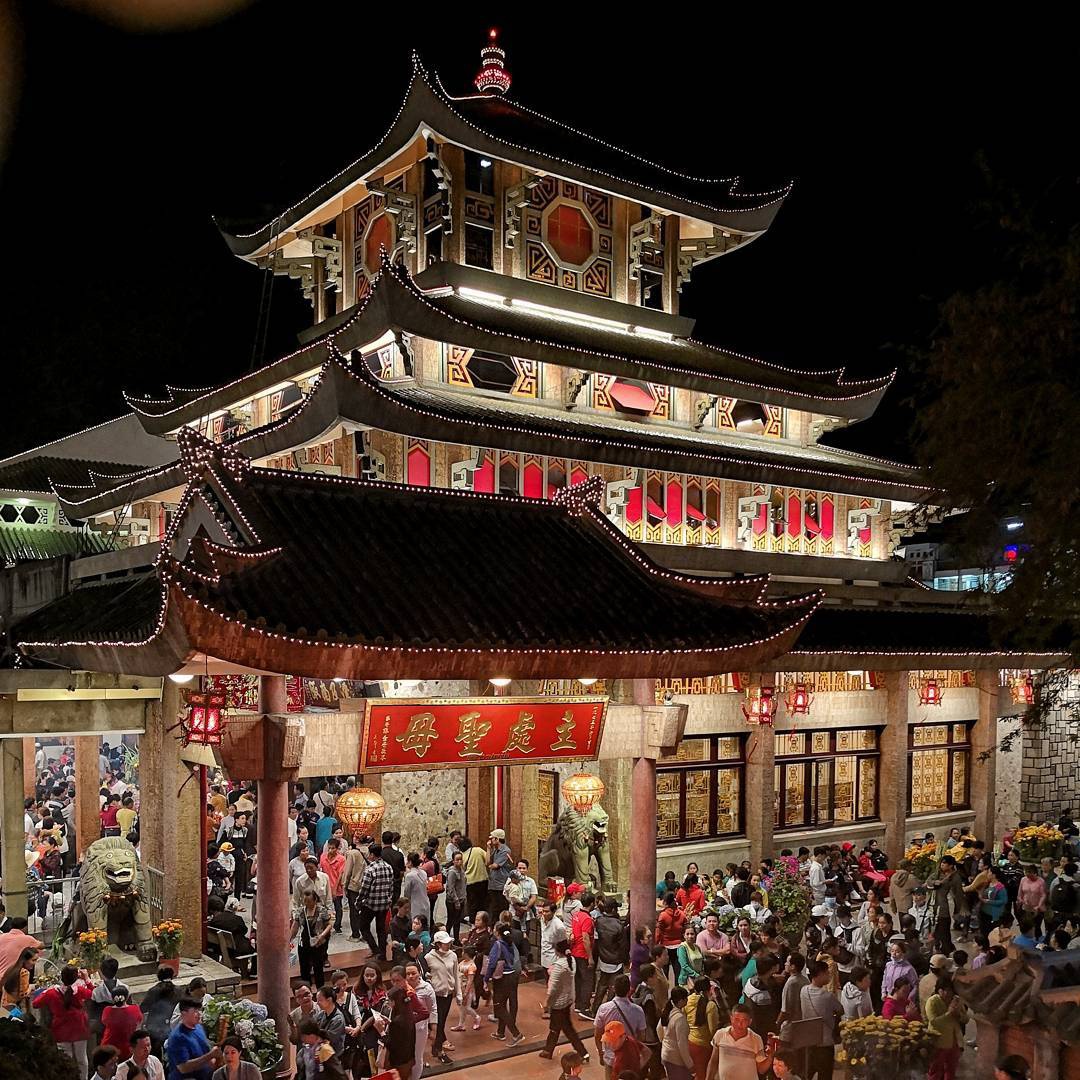 Temple Of The Lady of The Realm - An Giang / Photo: Zing News
Temple Of The Lady of The Realm - An Giang / Photo: Zing News
Address: Sam Mountain, Châu Đốc, An Giang, Việt Nam
Opening hours: Open all day
Cai Rang Floating Market, Can Tho
Floating markets are a distinctive cultural feature of the Mekong Delta, and the most famous among them is Cái Răng, located on the Cần Thơ River. This vibrant market offers everything from food to daily necessities, but it's the delicious food sold from boats that truly draws in visitors. The market gained international fame after celebrity chef Gordon Ramsay praised a bowl of hủ tiếu during his visit on MasterChef USA Season 4. To experience the market at its liveliest, arrive between 4:30 AM and 5:00 AM.
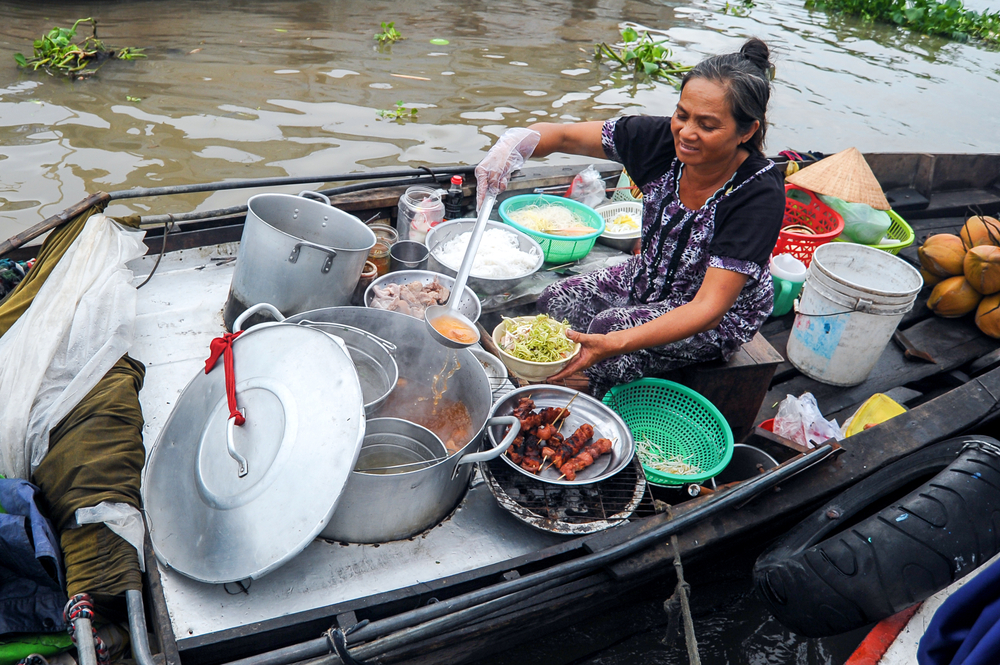 Food served on boats at Cai Rang floating market / Photo: Lano Lan - Shutterstock
Food served on boats at Cai Rang floating market / Photo: Lano Lan - Shutterstock
Address: 46 Đường Hai Bà Trưng, Tân An, Ninh Kiều, Cần Thơ, Việt Nam
Opening hours: 4:00 AM - 9:00 AM
Vĩnh Tràng Pagoda, Tien Giang
Vĩnh Tràng Pagoda, located in the heart of Mỹ Tho city, Tiền Giang province, is one of Vietnam's national heritage sites. As a Mahayana Buddhist temple, Vĩnh Tràng embodies a blend of Eastern and Western architectural styles, reflecting the eclectic trends of the 20th century. The pagoda is famous for housing some of Vietnam's largest Buddha statues.
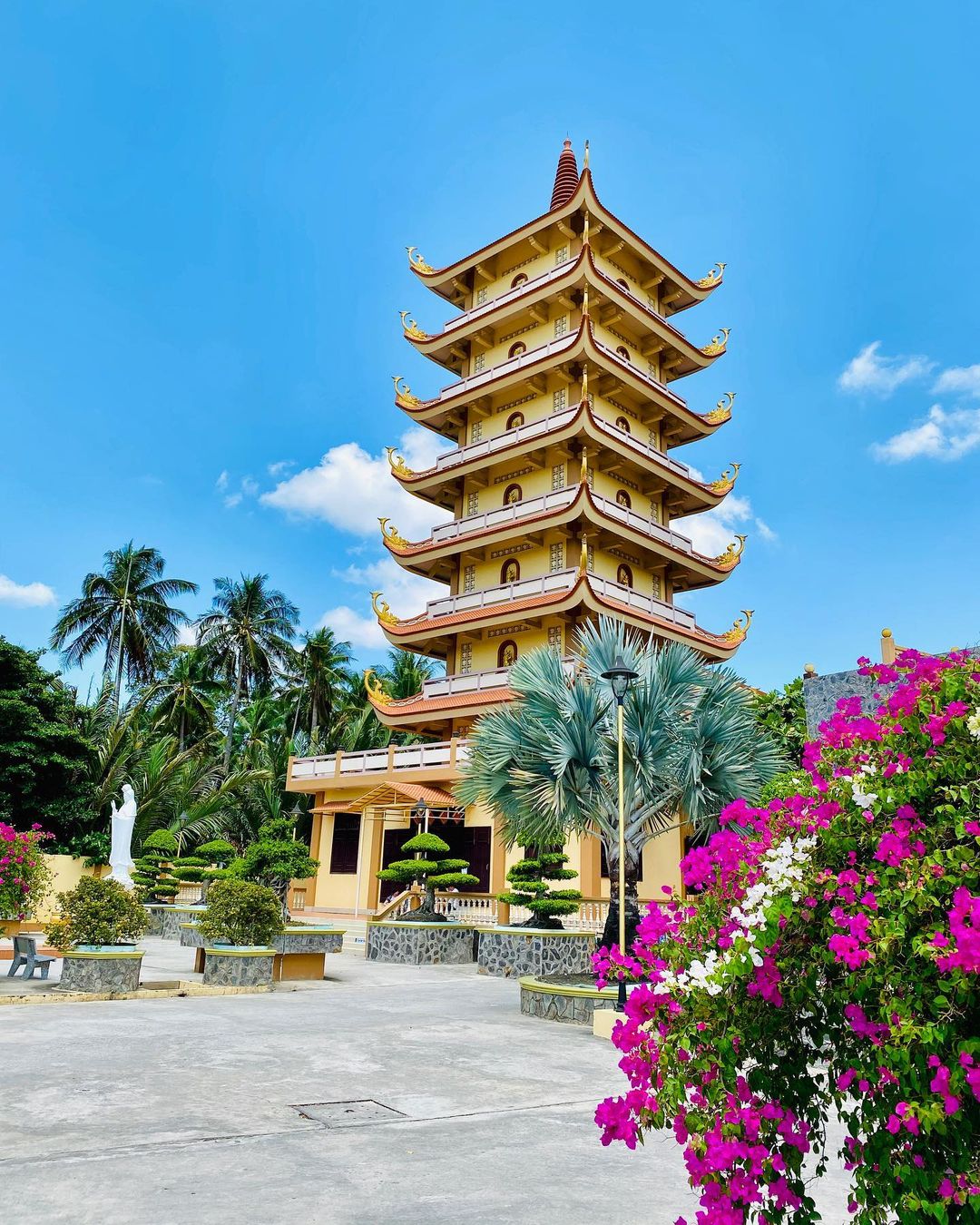 Vinh Trang Pagoda / Photo: Instagram @luss_v
Vinh Trang Pagoda / Photo: Instagram @luss_v
Address: Mỹ An, Ward 8, Thành phố Mỹ Tho, Tiền Giang, Việt Nam
Opening hours: 6:30 AM - 6:30 PM
Xiêm Cán Temple, Bac Lieu
Buddhism has two primary schools: Mahayana, largely followed in East Asia, and Theravada, prevalent in Southeast Asian countries. The Khmer people in Vietnam primarily practice Theravada Buddhism and have constructed some architecturally unique temples, including Xiêm Cán Temple in Bạc Liêu province. Established in 1887 and spanning four hectares, this temple serves as a communal space for worship and education, featuring hundreds of ancient Buddha statues and a rare 70-page Khmer manuscript made from leaves.
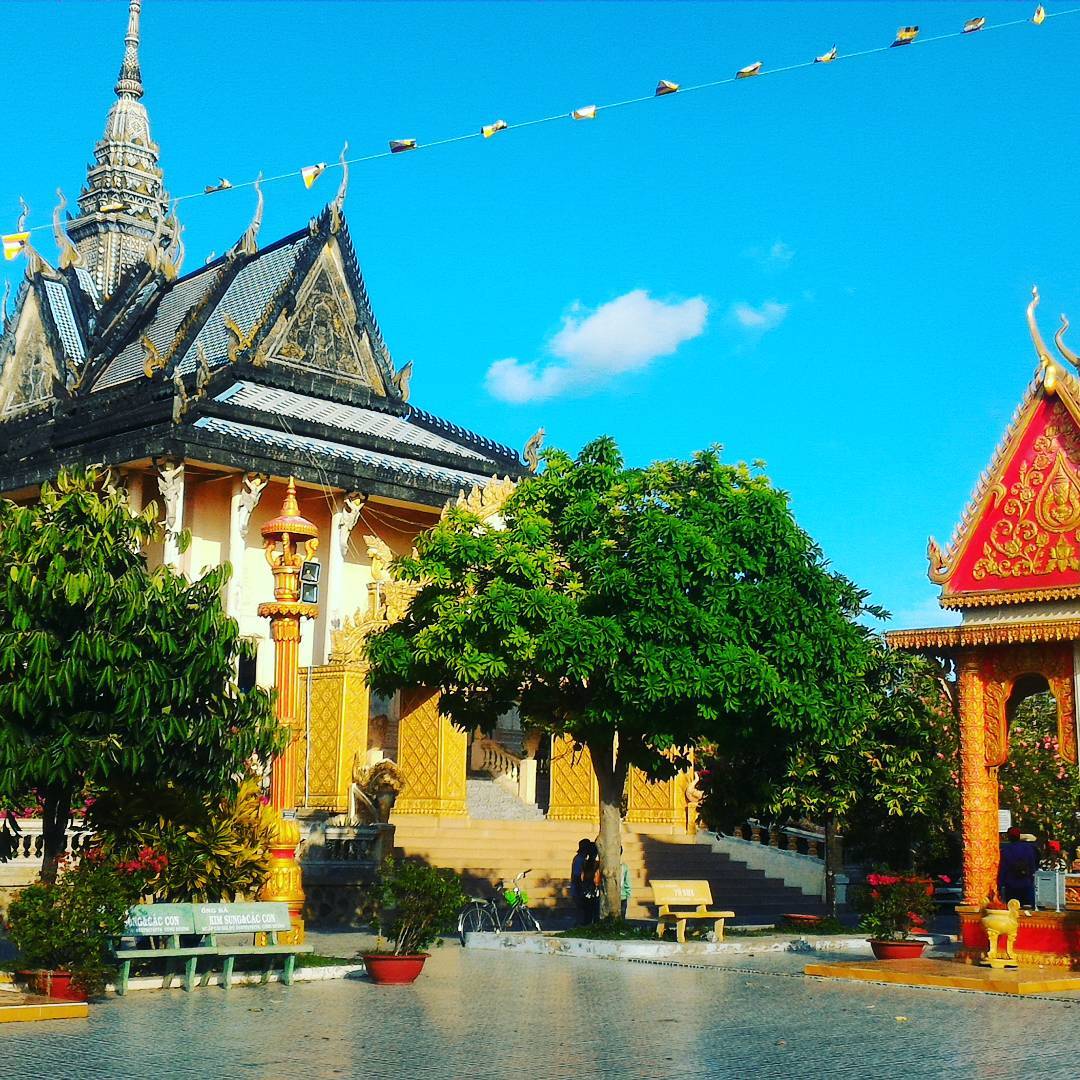 Xiem Can Temple, Bac Lieu / Photo: Instagram @nhiennguyen7
Xiem Can Temple, Bac Lieu / Photo: Instagram @nhiennguyen7
Address: Road 31, Vĩnh Trạch Đông, Bạc Liêu, Việt Nam
Opening hours: 6:30 AM - 6:30 PM
Vàm Rây Temple, Tra Vinh
The Khmer community, representing a significant portion of the Mekong Delta's population—about 30% in Trà Vinh province—practices Theravada Buddhism and boasts many exquisite temples, with Vàm Rây Temple standing out. The temple's design reflects classical Khmer architecture akin to Angkor Wat, featuring high, tiered roofs that follow Buddhist principles. The decorative motifs represent protective nagas and sacred elements central to Buddhist cosmology.
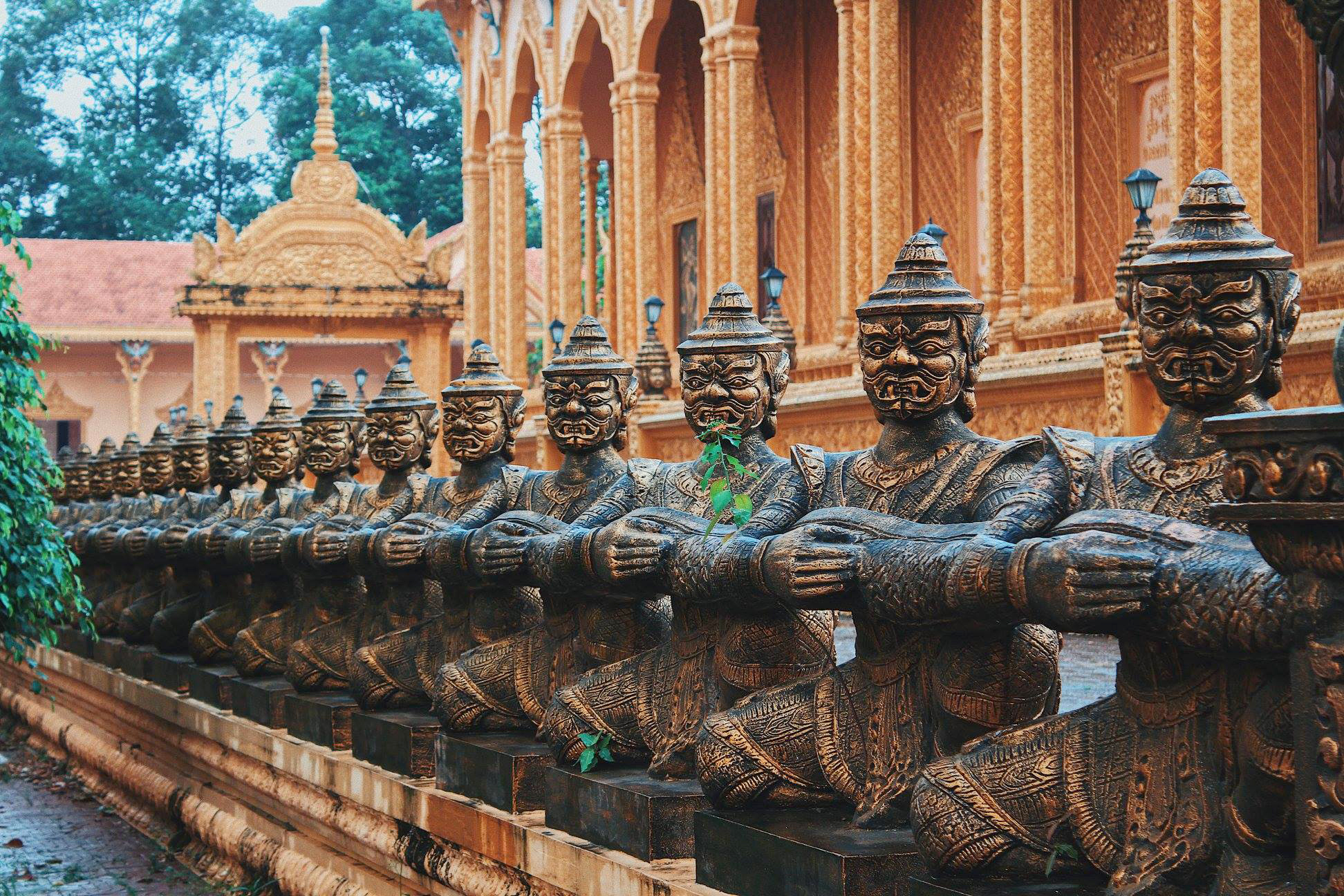 Vam Ray Pagoda / Photo: thamhiemmekong.com
Vam Ray Pagoda / Photo: thamhiemmekong.com
Address: Hàm Giang, Trà Cú, Trà Vinh, Việt Nam
Opening hours: 6:30 AM - 6:30 PM
Khmer Culture Museum, Tra Vinh
The Khmer cultural heritage in the Mekong Delta extends beyond temples, with the Khmer Culture Museum in Trà Vinh housing over 800 artifacts, images, and documents that chronicle the life and traditions of the Khmer ethnic community in this region.
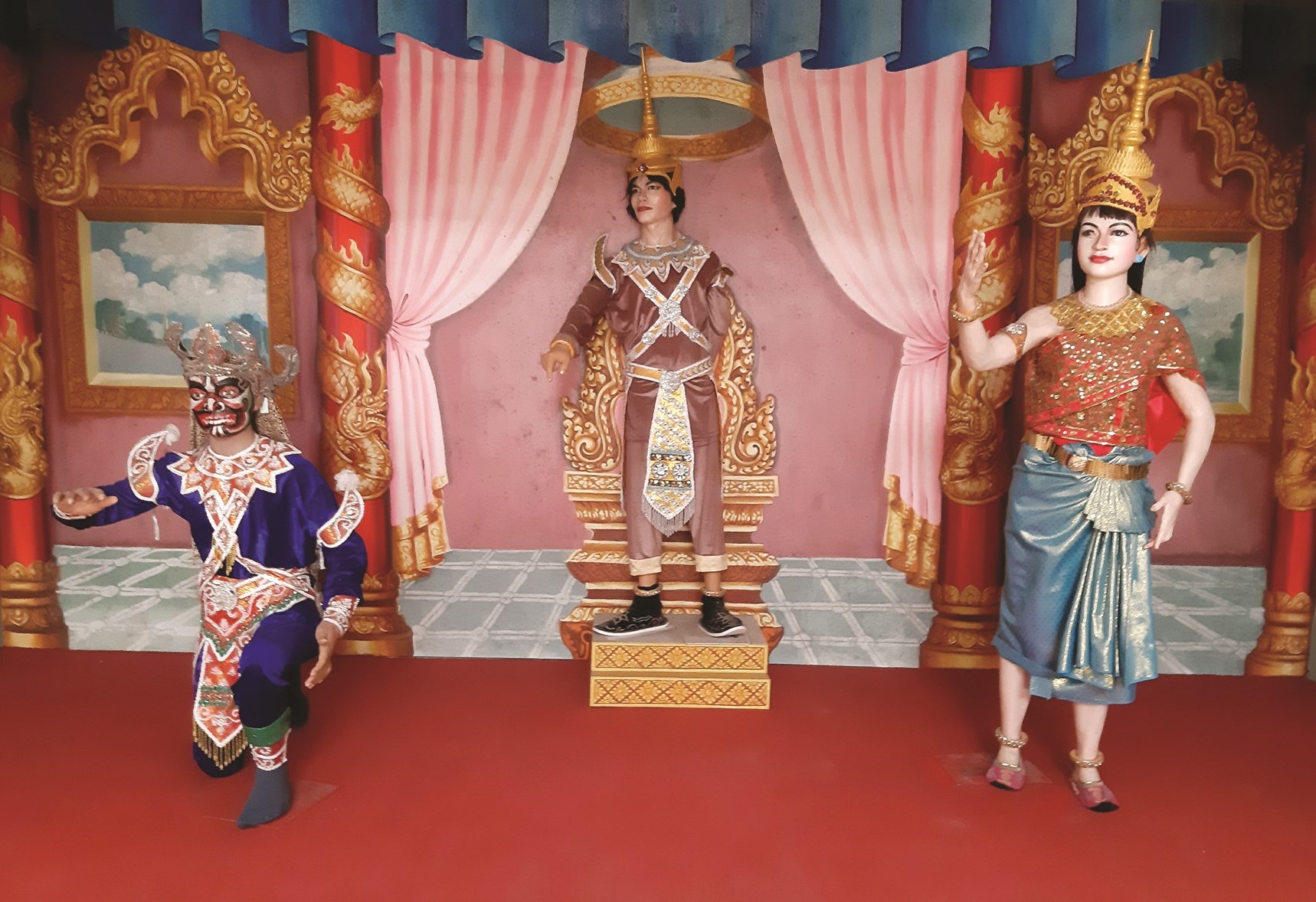 Khmer Culture Museum in Tra Vinh / Photo: baodantoc.org
Khmer Culture Museum in Tra Vinh / Photo: baodantoc.org
Address: Nguyễn Du St., Ward 8, Trà Vinh, Việt Nam
Opening hours: 7:00 AM - 6:00 PM
Thean Hou Temple, Soc Trang
Established in 1891 by Teochew immigrants, Thean Hou Temple in Sóc Trăng is among the oldest temples in the Mekong Delta. This temple is dedicated to Mazu, the goddess of the sea, worshipped by Chinese communities across Southeast Asia. The festival dedicated to Mazu, which attracts both Chinese and Vietnamese visitors, is celebrated on the 23rd day of the third lunar month.
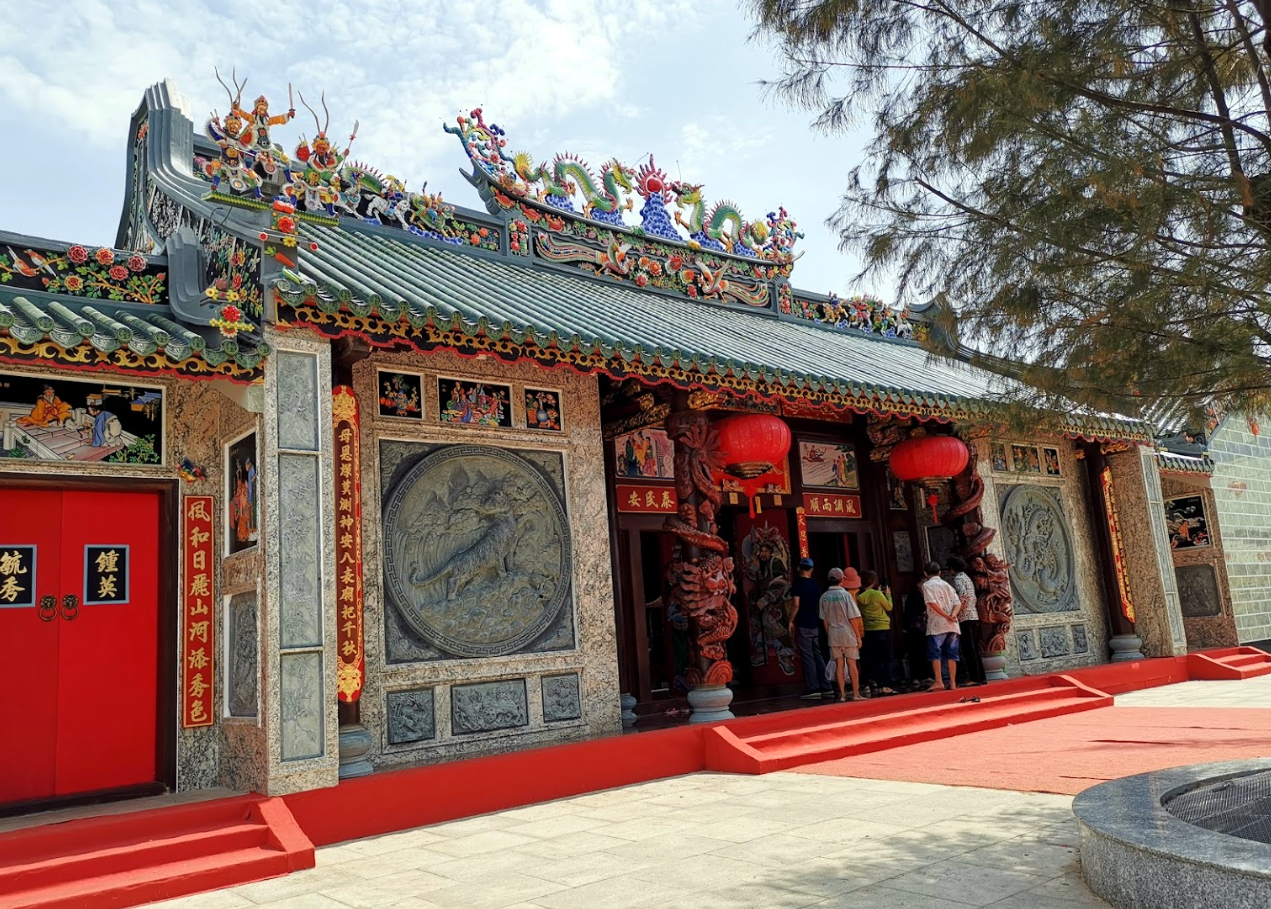 Thean Hou Temple in Soc Trang / Photo: thamhiemmekong
Thean Hou Temple in Soc Trang / Photo: thamhiemmekong
Address: Trần Hưng Đạo St., Vĩnh Châu, Sóc Trăng, Việt Nam
Opening hours: 7:00 AM - 6:00 PM
Chăm Commune, An Giang
The Cham community significantly contributes to the cultural diversity of the Mekong Delta. The Da Phuoc commune, home to a majority of Cham Muslims, has become an emerging tourist destination due to its unique customs, lifestyle, and the traditional stilt houses of the Cham people. Be sure to visit the Mubarak mosque and the craft village when exploring this area.
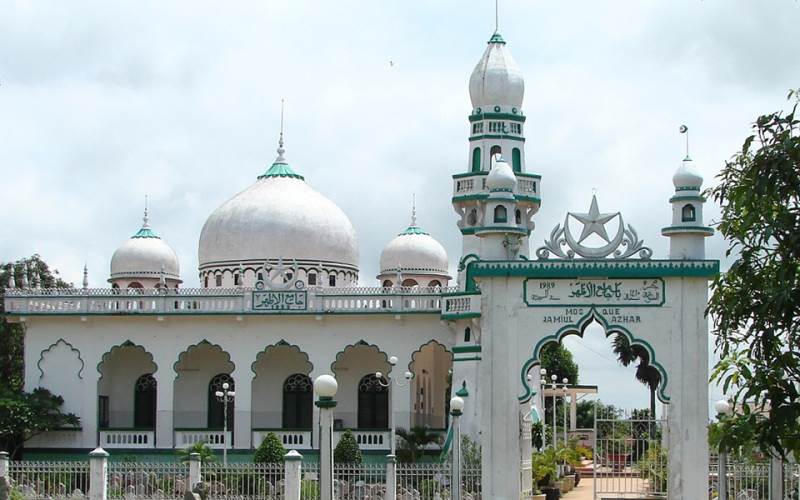 Mosque in Da Phuoc, An Giang / Photo: foody
Mosque in Da Phuoc, An Giang / Photo: foody
Address: Đa Phước, An Phú, An Giang, Việt Nam
Opening hours: 5:00 AM - 5:30 PM
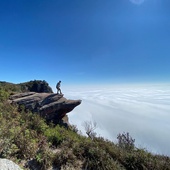
Best Things To Do In Moc Chau
Moc Chau Town is among the top-rated tourist destinations in northern Vietnam brimming with ultramodern and natural sightseeing attractions.
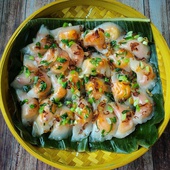
Vietnamese Snacks Among Best In The World
Vietnamese cuisine has long been known as among the most abundant and delicious cuisines in the world.
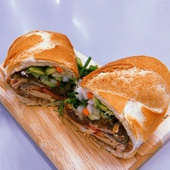
The Most Expensive "Banh Mi" In Ho Chi Minh City That Is Worth A Try
Long queues of Saigoneses, tourists, and shippers in front of the "banh mi" Huynh Hoa shop have long become a familiar scene every afternoon.








